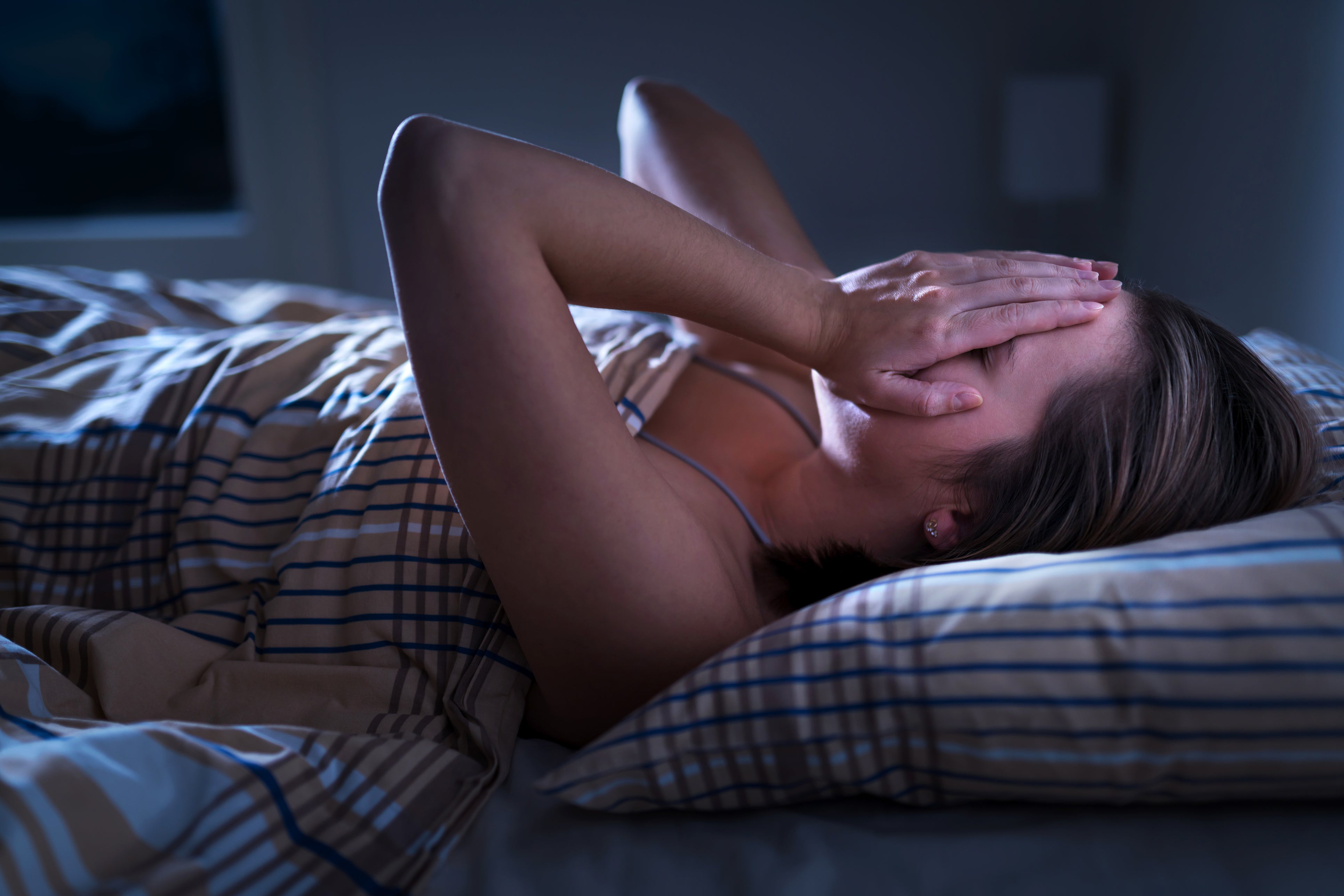Sound therapy could cure nightmares, scientists say
It is estimated that four per cent of adults suffer from chronic nightmares

The mystery of dreaming has been a long-held fascination for scientists and philosophers alike.
Research has shown that poor sleep - a potential side effect of nightmares - contributes to the development of serious illnesses, including dementia, heart disease, and cancer.
But now a new study claims to have found a cure for bad dreams - sound therapy.
According to a team of Swiss researchers, certain sounds played through a wireless headband while participants were asleep, have shown to be effective in reducing the frequency of nightmares.
Sleeping patients were played sounds linked to uplifting daytime experiences to see what effect they would have.
“There is a relationship between the types of emotions experienced in dreams and our emotional well-being,” said senior author Lampros Perogamvros, a psychiatrist at the Sleep Laboratory of the Geneva University Hospitals and the University of Geneva.
“Based on this observation, we had the idea we could help people by manipulating emotions in their dreams,” the author continued.
“In this study, we show that we can reduce the number of emotionally very strong and very negative dreams in patients suffering from nightmares.”
It is estimated four per cent of adults suffer from chronic nightmares, which can force dreamers to wake up and struggle to get back to sleep.
Such people are often prescribed “imagery rehearsal therapy,” which asks the dreamer to reimagine a negative storyline toward a more positive ending. The revised narrative is then rehearsed by the patient throughout the day.
The treatment has been effective in numerous cases, but health professionals have found some patients to be unresponsive.
To trial the sound therapy, Dr Perogamvros and his team recruited 36 patients and split them into two groups — half of whom received it alongside imagery rehearsal therapy.
Participants were asked to create an association between a positive version of their nightmare and a noise during an imagination exercise, which they practiced daily.
The headband would then play the noise during REM (rapid eye movement) sleep, the stage at which nightmares are most likely to occur, for two weeks.
Patients fared better than participants who only received the imagery rehearsal therapy. All experienced a decrease in nightmares each week, but those receiving the sound therapy had fewer for at least three months. They also experienced more joy during their dreams, according to study authors.
“We were positively surprised by how well the participants respected and tolerated the study procedures, for example performing imagery rehearsal therapy every day and wearing the sleep headband during the night,” said Dr Perogamvros.
“We observed a fast decrease of nightmares, together with dreams becoming emotionally more positive. For us, researchers and clinicians, these findings are very promising both for the study of emotional processing during sleep and for the development of new therapies.”
The Swiss team said the results support that such combined therapies should be trialed on larger scales. This will determine the extent and generalizability of its efficiency.
The study is published in the journal Current Biology.






Join our commenting forum
Join thought-provoking conversations, follow other Independent readers and see their replies
Comments